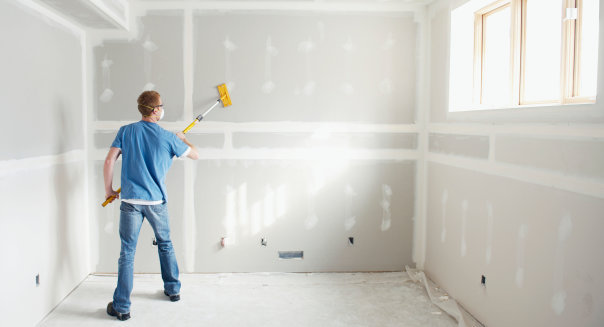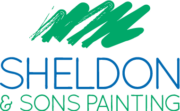Priming Your Surface Could be a Cost-Saving Method in Your Interior Painting Project
When it comes to take a new interior painting project, most of the people just want to apply new color to the interior walls. As far as the final part of surface preparation is concerned, priming is the most important key to getting a long lasting as well as best looking paint job.
No matter which primer you choose, it is going to help create an enticing surface to which the final paint will readily adhere. It also lowers down the chances that it will ever peel or blister. Using a good quality primer also ensures that the painted surface will develop more 
However, these are only the basic benefits you can generate by using a good quality primer during an interior painting project. You can go for the most reputed Ellicott City Painters to do much more with primers. Illustrated below are the most common benefits of primer:
Stain-Blockers:
Primers are the most renowned stain-blockers. They are the best thing to prevent all types of grease, rust, smoke residue, and other stains that usually affects the finished paint job and ruins its appearance. If you find your wall or other surface affected by these ‘stains’, you’d be well advised to use a good quality primer as a stain-blocker.
Vapor Barrier Primer:
There must be some places in your home where you can use vapor barrier primers. These types of primers are good to use in damp areas like bathroom and kitchens. Vapor barrier primer helps to keep moisture from passing through walls, thus preventing the damage insulation within the interior walls. The primer mainly creates a barrier that prevents the humidity. This is especially wonderful during the winter months.
Bonding Primers for Glass Surfaces:
Bonding primers are great to use in slick areas, for e.g. glass, tile, laminate, or vinyl-coating surfaces. Using a bonding primer in these areas is a must in interior painting since primer helps the paint to adhere the surfaces well.
Kitchen and Bath Primers:
You can also use kitchen and bath primers since they are made specifically for use in those rooms. These types of primers use a large quantity of additives, including stain-blockers and biocides that actually help them control the growth of mold and mildew.
Choosing the best primer for your interior painting project is as important as doing other surface preparation job like plaster repair, removing mold and mildew etc. Knowing which of these above mentioned primers to use could help you to save a good amount of dollars in your next interior painting project.
